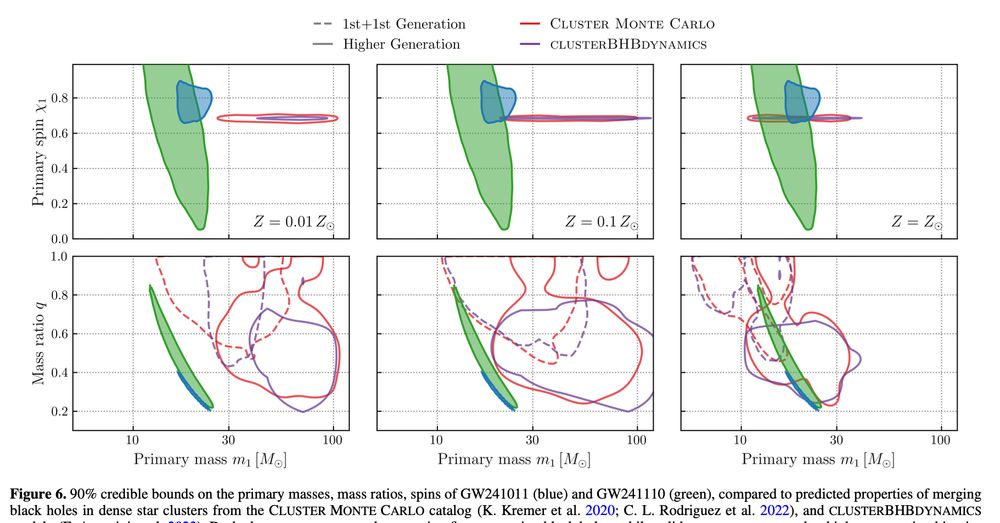
dynamics.unc.edu




















Some nasty hills on this one…

Some nasty hills on this one…





